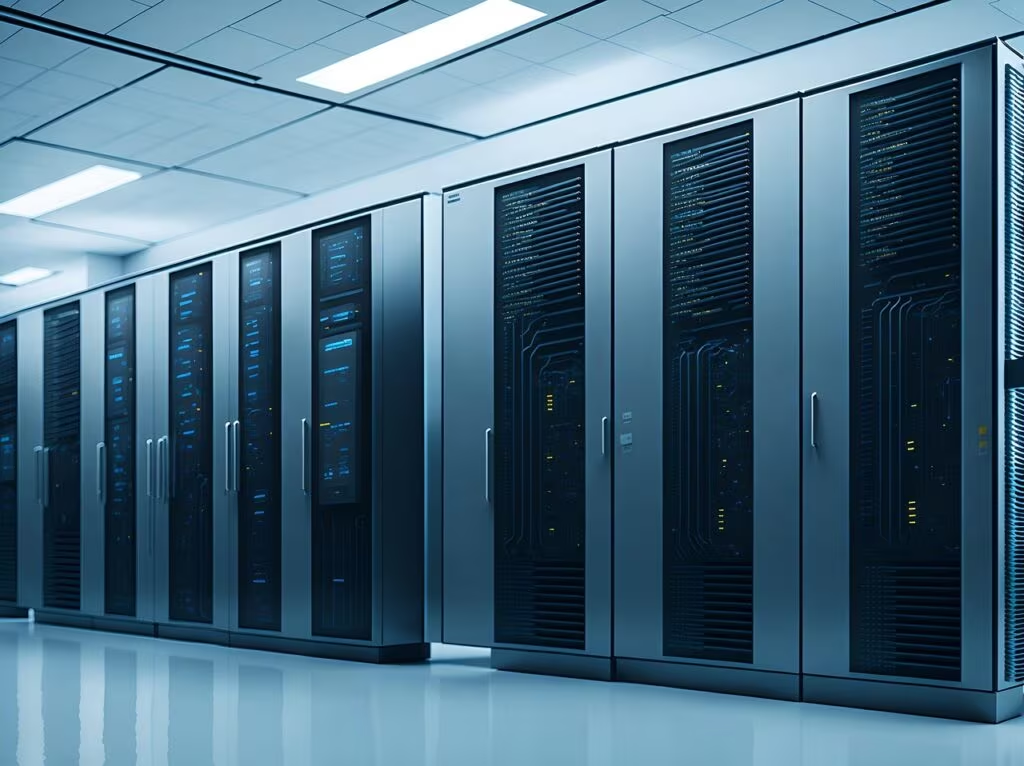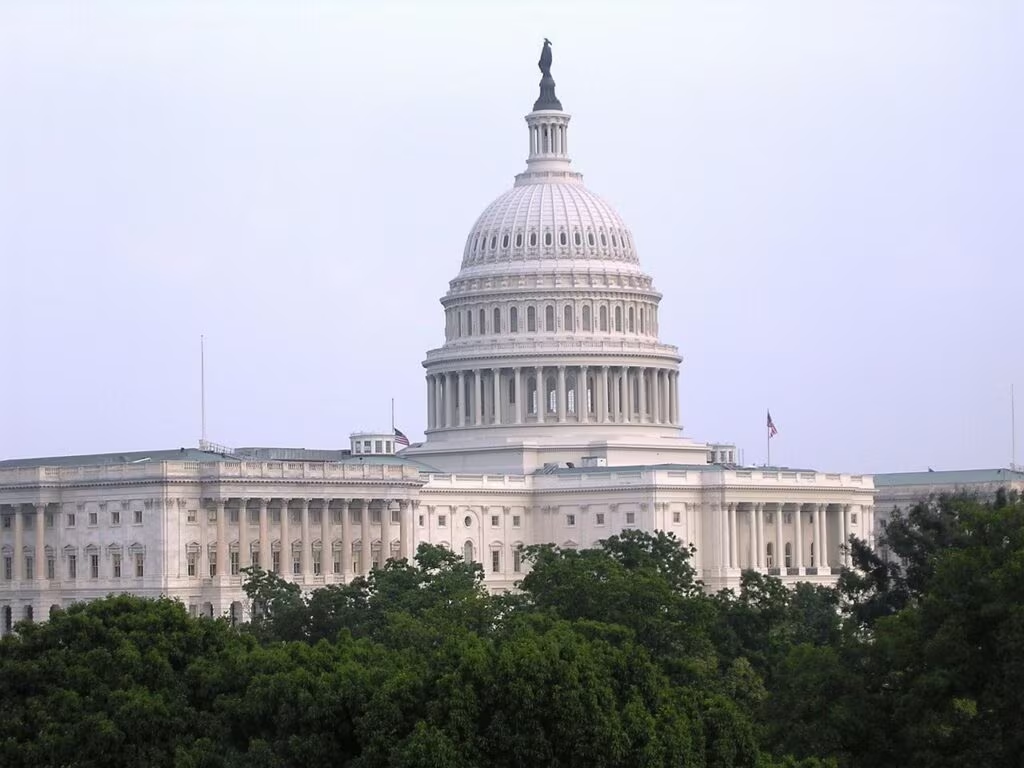The High-Stakes Push for Federal Subsidies in the AI Infrastructure Race
A recently disclosed letter reveals that OpenAI, the leading artificial intelligence research company, approached the Trump administration seeking a significant expansion of the federal CHIPS and Science Act tax credit. The core of the request was to broaden the Investment Tax Credit (ITC) provisions—originally designed to spur domestic semiconductor manufacturing—to include the construction and equipping of specialized AI data centers.
This revelation underscores the immense financial pressure and infrastructure demands facing companies at the forefront of the AI revolution. By seeking to leverage the CHIPS Act, OpenAI aimed to secure substantial federal subsidies for the physical backbone required to train and run the next generation of large language models and advanced AI systems.
Decoding OpenAI’s Request: From Manufacturing to Consumption
The CHIPS and Science Act of 2022 was enacted with the explicit purpose of revitalizing U.S. semiconductor manufacturing. Its primary financial incentive is a 25% Investment Tax Credit (ITC) for capital expenses related to building or expanding facilities that produce semiconductors and related manufacturing equipment.
OpenAI’s request, detailed in the letter sent to the Trump administration, sought to redefine the scope of this credit. Instead of applying only to the fabrication plants (fabs) that make the chips, OpenAI argued the credit should extend to the massive, specialized data centers that consume the most advanced AI chips, such as those used for training models like GPT-5 and beyond.

The Critical Difference
OpenAI’s argument centers on the idea that AI infrastructure is now a matter of national strategic importance, similar to semiconductor supply itself. However, the proposed expansion represents a fundamental shift in policy focus:
- Original Intent: Subsidizing the supply side—the manufacturing of chips (semiconductors). This aims to reduce reliance on foreign supply chains.
- OpenAI’s Request: Subsidizing the demand side—the construction of facilities that use the most advanced chips for AI computation. This aims to accelerate AI development and deployment.
This expansion would effectively treat the construction of an advanced AI data center—a facility dedicated to computation—with the same strategic financial priority as a multi-billion dollar chip fabrication plant.
“The scale of infrastructure needed to achieve Artificial General Intelligence (AGI) is unprecedented. Securing federal support through existing mechanisms like the CHIPS Act ITC is seen by industry leaders as essential to maintaining U.S. leadership in the AI race.”
The Economics of AI Infrastructure
The push for federal support highlights the staggering costs associated with scaling AI. Training state-of-the-art models requires not just thousands of high-end Graphics Processing Units (GPUs) but also the physical infrastructure to house, power, and cool them.
The Scale of the Investment
Building a single, cutting-edge AI data center can cost billions of dollars, primarily due to three factors:
- Specialized Hardware: The cost of advanced AI accelerators (GPUs and specialized ASICs) is astronomical.
- Power Consumption: These facilities draw enormous amounts of electricity, often requiring dedicated power grid upgrades. A single large AI cluster can consume energy equivalent to a small city.
- Advanced Cooling: The density of AI hardware generates intense heat, necessitating sophisticated and expensive liquid cooling systems, which adds significantly to capital expenditure.
By securing the 25% ITC, OpenAI and other AI developers could shave hundreds of millions, potentially billions, off their infrastructure development costs, freeing up capital for research and development.

Political and Industry Implications in 2025
OpenAI’s lobbying effort places the request squarely in the center of a growing political debate: How should the U.S. government support the development of AI, and at what cost to the taxpayer?
Precedent and Policy Debate
Expanding the CHIPS Act ITC to data centers would set a powerful precedent. Critics argue that the original intent of the Act—to address supply chain vulnerabilities by subsidizing manufacturing—is fundamentally different from subsidizing the operational expenses of highly profitable tech companies.
Key Arguments for Expansion (Industry View):
- National Security: AI leadership is crucial for national security and economic competitiveness against rivals like China.
- Infrastructure Bottleneck: The physical infrastructure is the current bottleneck preventing faster AI development.
- Job Creation: Data center construction and operation create high-paying technical and construction jobs in the U.S.
Key Arguments Against Expansion (Policy View):
- Mission Creep: Diverts funds and focus from the core goal of domestic chip manufacturing.
- Corporate Welfare: Subsidizes the operational costs of companies that are already highly valued and well-funded.
- Energy Concerns: Encourages the rapid build-out of energy-intensive facilities without addressing the massive environmental impact.
The Timing of the Request
While the request was made to the Trump administration, the policy debate remains highly relevant in 2025. Any major infrastructure bill or tax policy adjustment currently under consideration by Congress or the current administration would likely face pressure to incorporate such provisions, given the intense competition among AI firms.

Key Takeaways: The Future of AI Subsidies
This lobbying effort reveals critical insights into the strategic direction of major AI firms and the evolving role of government in the technology sector:
- Infrastructure is the New Frontier: The race for AI dominance is now heavily focused on securing and building massive, specialized data center capacity, not just developing algorithms.
- Seeking Public-Private Partnership: OpenAI is actively seeking significant public investment to offset the multi-billion dollar cost of achieving AGI infrastructure.
- Policy Redefinition: The request challenges policymakers to decide whether AI consumption infrastructure holds the same strategic weight as semiconductor manufacturing.
- High Energy Demand: Any expansion of subsidies must contend with the enormous power demands of these centers and the associated environmental and grid stability concerns.
Conclusion: A Critical Decision Point for U.S. Tech Policy
OpenAI’s appeal to the federal government to expand the CHIPS Act tax credit is more than just a corporate tax maneuver; it is a direct challenge to U.S. industrial policy. It forces a decision on whether the government should financially support the physical infrastructure required to run advanced AI models, thereby accelerating the technological arms race, or maintain the original focus on bolstering the domestic supply chain.
As the costs of scaling AI continue to soar, the outcome of this policy debate will significantly shape the competitive landscape for artificial intelligence and determine the extent of taxpayer investment in the next generation of computing power.
Original author: Anthony Ha
Originally published: November 8, 2025
Editorial note: Our team reviewed and enhanced this coverage with AI-assisted tools and human editing to add helpful context while preserving verified facts and quotations from the original source.
We encourage you to consult the publisher above for the complete report and to reach out if you spot inaccuracies or compliance concerns.

